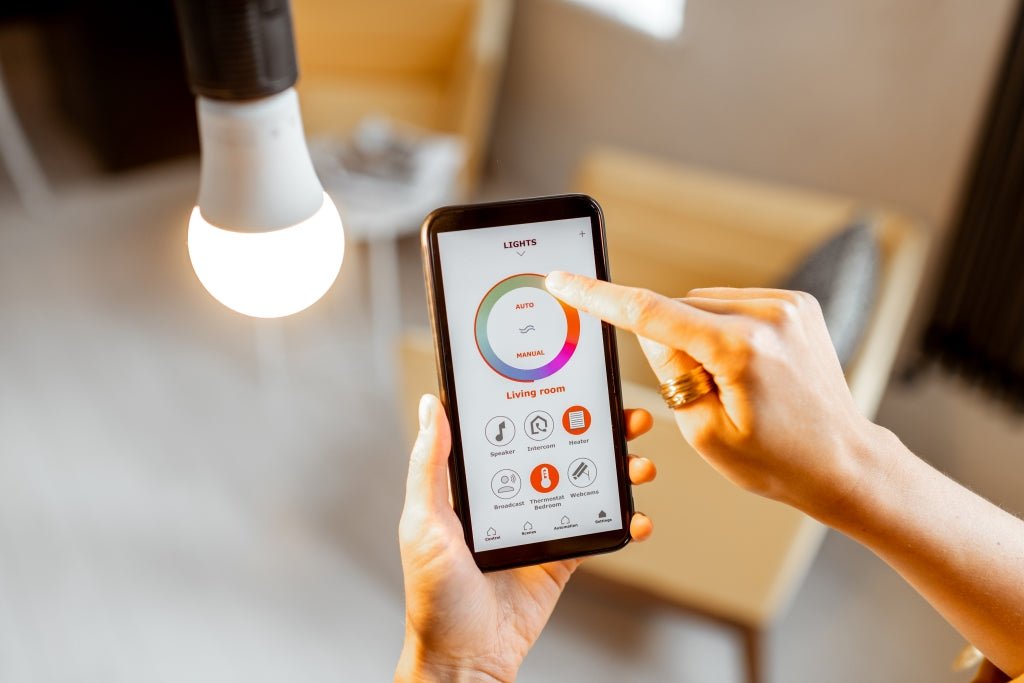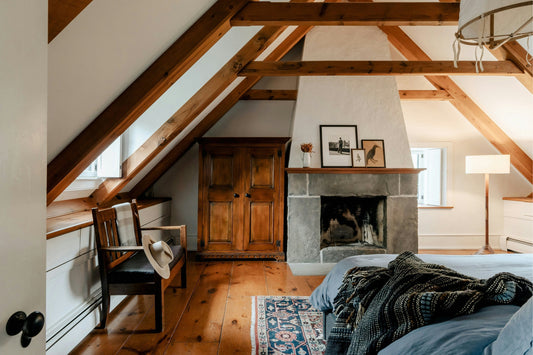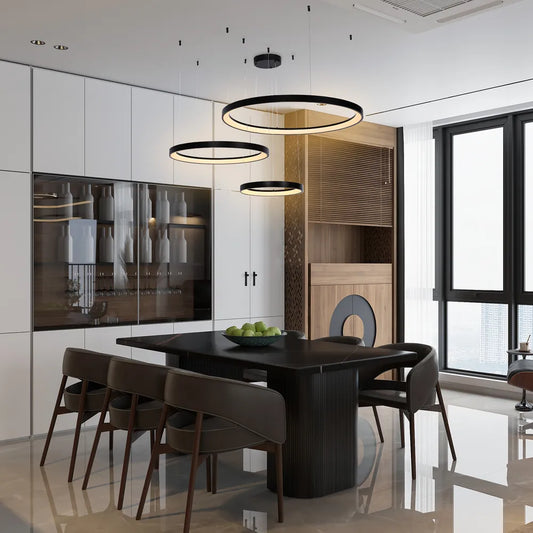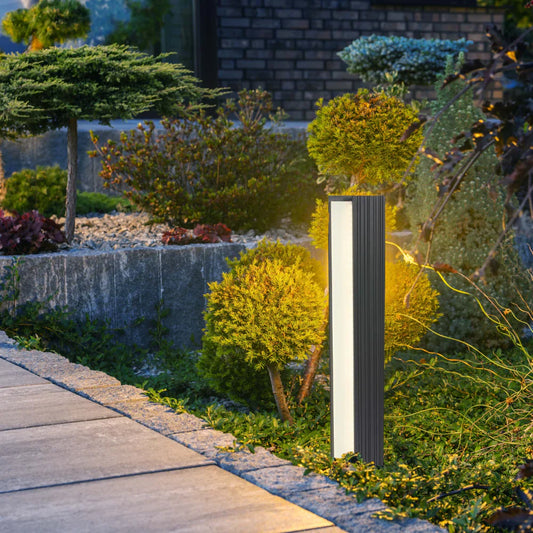
Long-lasting LED light bulbs that can be controlled and altered remotely using voice control or other smart technology are known as smart light bulbs. Smart lighting can even be controlled by smart-home routines and is frequently connected to Alexa, Google Assistant, or another smart-home assistant.
Smart light bulbs can communicate with other smart devices on your network, such as appliances or entertainment systems, using smart assistants. They enable the user to control all aspects of lighting such as brightness, colours, timing, colour temperature on the user’s paired devices connected through wireless technologies such as Bluetooth or WiFi. Such smart bulbs can also be used for smart switches, meaning they are powered through the switch and can be turned on/off physically.
What Do Smart Bulbs Do?
Different bulbs use various techniques to accomplish the same task, and smart lights all use wireless transmissions to deliver and receive their signals. Some of them link directly to your router using built-in Wi-Fi radios, allowing you to operate them from anywhere you have an internet connection. When you're within about 50 feet, some employ Bluetooth radios to communicate directly with your phone. You'll need a Wi-Fi hub to transmit their signals to your router and then on to you via the cloud if you want to manage bulbs like that from a distance.
Smart LED Light bulbs make several lighting styles available in an extremely energy-efficient and customised way. They last longer than regular lights and can serve multiple purposes in different settings. On average, a smart bulb can only use minimal energy when in standby mode and thus can only contribute a minuscule amount to the energy bill, making it an excellent choice to save big bucks.
How Do Smart Bulbs Work?
Smart bulbs are advanced lighting solutions that integrate with home automation systems and offer customizable control over your lighting environment via wireless connectivity. Unlike traditional light bulbs, smart bulbs can be controlled remotely through a smartphone app, voice commands via smart home assistants (like Amazon Alexa, Google Assistant, or Apple HomeKit), or automation rules set through a home automation system. Here's how smart bulbs work:
Wireless Connectivity: Smart bulbs connect to your home network, typically through Wi-Fi, Bluetooth, Zigbee, or Z-Wave protocols. This connection allows them to communicate with a central hub (in the case of Zigbee or Z-Wave), directly with a smartphone (via Bluetooth), or through your home Wi-Fi network.
Control Interface: Once connected, you can control the smart bulbs using a smartphone app provided by the bulb manufacturer or through integration with a smart home system. The app or system interface allows you to turn the lights on or off, adjust brightness, change colors (if the bulbs are RGB capable), set schedules, and create lighting scenes or automations.
Integration with Smart Home Systems: Smart bulbs can be integrated into broader smart home systems, allowing for more complex automations. For example, lights can automatically turn on when a connected door sensor detects that you've arrived home or dim gradually as it gets closer to bedtime.
Voice Control: When integrated with smart home assistants, smart bulbs can be controlled through voice commands. This feature allows for hands-free operation, enhancing convenience and accessibility.
Energy Efficiency and LED Technology: Most smart bulbs use LED technology, which is more energy-efficient than traditional incandescent or halogen bulbs. This not only reduces energy consumption but also extends the lifespan of the bulbs.
Remote Access and Control: Since smart bulbs are connected to the internet, you can control them from anywhere, as long as you have an internet connection. This is particularly useful for security (making it appear as if someone is home when you're away) or simply for convenience (e.g., turning lights on before you arrive home).
Scheduling and Automation: Smart bulbs can be programmed to follow schedules, automatically adjusting based on the time of day, sunrise/sunset times, or specific triggers from other smart devices. This can help in maintaining a routine, enhancing security, and even saving energy.
Smart bulbs represent a significant advancement in home lighting technology, offering unprecedented control and customization of your home's lighting environment. They can contribute to a smart home ecosystem that enhances comfort, convenience, and even energy efficiency.
What are the various types of Smart Bulbs?
There are various light bulbs available, each of which corresponds to a different household fixture. For instance, the lightbulb you use for your nightstand lamp will be quite different from the one used in the recessed lighting in your bathroom.
We have many fixtures that are categorised by shape, size, and base type. The "light bulb code" is a set of letters and digits that distinguishes different bulbs. If you are familiar with bulb codes, you will instantly know what kind of bulb you require. The bulb code starts with one or more letters. The shape or other unique characteristics, such as the type of reflector, are denoted by the letters. Some of the most typical light bulbs forms that you'll discover in your house include:
A – Arbitrary/standard household incandescent light bulb shape
The most common and commonly used bulbs in homes are a-shaped bulbs. In actuality, the design of the light bulb hasn't changed since Thomas Edison put the first commercial model together in 1879.
There are differences in size despite the fact that the shape stays the same. The eighth-inch diameter of the bulb is indicated by the number that follows the letter. The most well-liked ones are A15, A19(A60), A21, and A25.
Although A-shaped bulbs can be used in many different settings, they are most frequently found in lamps, corridor lights, ceiling lights, ceiling fans, vanity lights, and other fixtures.
B – Bullet tip
B-shaped bulbs resemble a candle flame’s shape - a bulged base that reduces to a rounded tip. Blunt-tip (B) bulbs have more of a bullet shape.
These bulbs are widely used in chandeliers, night lights, pendant lights, and Christmas/decorative light strands.
BR – Short reflector
Bulged reflector is referred to as BR. These bulbs are wide-angle downlights with beam angles that typically surpass 100 degrees. When wide-angle lighting is required, such as over a kitchen work surface or in hallway recessed fixtures, BR bulbs are the first option.
C – Candle
Conical (C) bulbs have a conical form. Conical angular (CA) bulbs have a cone-like shape, but their tips are twisted. The shape of blunt-tip (B) bulbs is more like a torpedo or bullet compared to C-type bulbs.
ER – Extended reflector light bulb shape
Where Should Smart Bulbs be Used?
The greatest smart plugs are those that let you control lights. The simplest approach to transform a table lamp, floor lamp, or nightlight into a smart light is to use one of these compact devices, which can be plugged into any outlet. Unlike smart in-wall switches, they don't require any electrical knowledge or wiring experience from you.
Is a Special Plug Needed for a Smart Bulb?
No, a smart plug is not required to use a smart light bulb. However, since the socket manages the electricity to one device and the light bulb manages the fixtures and lights, you can have both smart devices in your home.
How Long Do Smart Bulbs Last?
At its peak, a smart LED bulb will stop working after 25,000 hours. In contrast, a less expensive LED bulb without any smart capabilities will last for about 50,000 hours.
What are the Benefits of a Smart Bulb?
Compared to other smart home upgrades, smart lights are cheaper and easier to install. When compared to incandescent lights, these LEDs can save up to six times as much energy. The long-term cost of switching to these bulbs is low because they can operate for over 25,000 hours.
With a few easy voice commands and home connectivity, smart lighting is transforming how property owners manage to light, save energy, and enhance security. This is why one of several energy-saving techniques for smart homes is the use of smart lighting systems.



